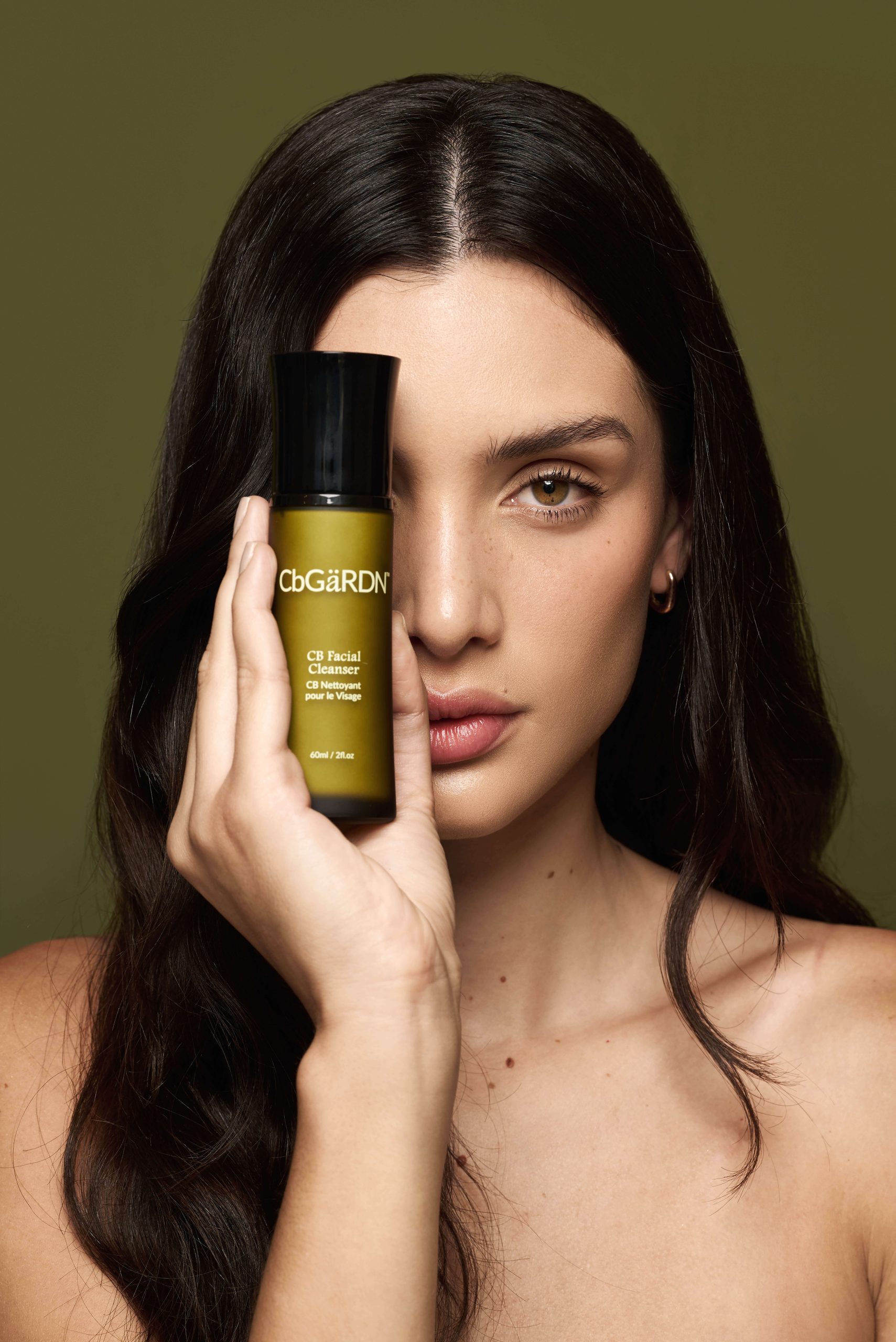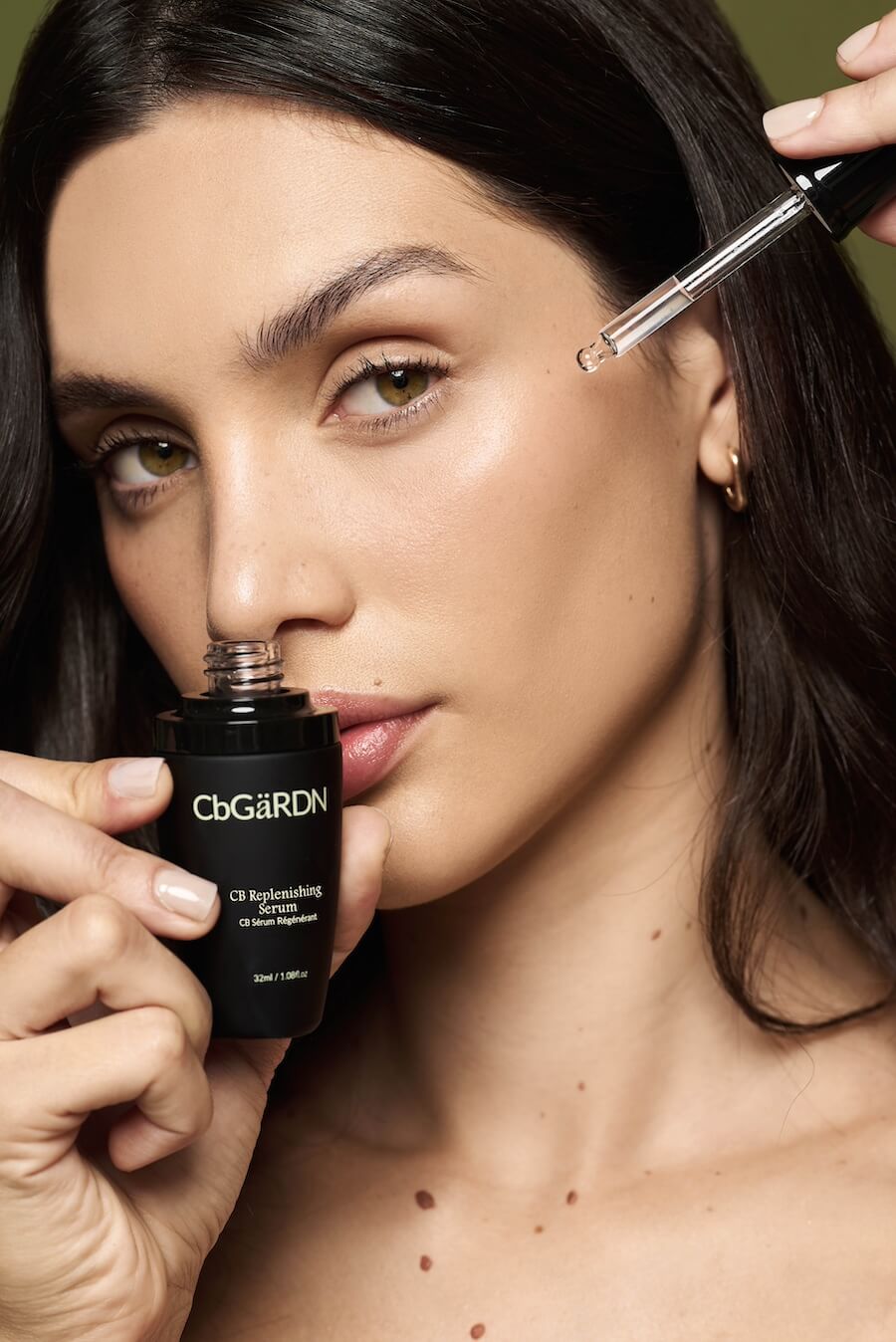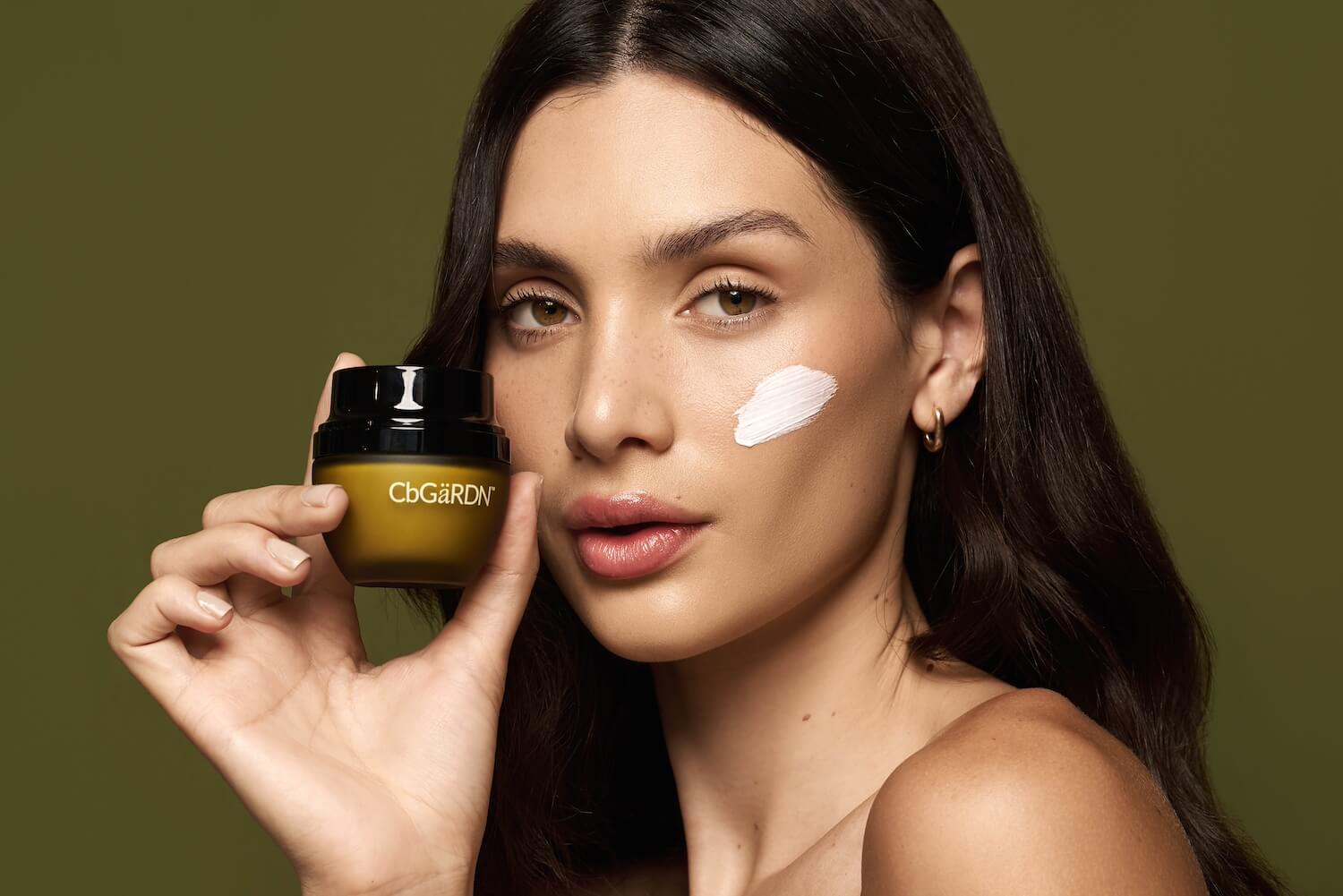Published: November 15, 2025

Barrier repair – everyone’s talking about it, but what does it actually mean? Read on as CBGärdN explains why your skin barrier may need some TLC and how you can give it exactly that. If you suspect that your skin barrier has been damaged, this is the guide that you need to read.
What is Your Skin Barrier?
Your skin barrier sits on the outermost layer of your skin. It’s made up of skin cells, which are held together by a ‘glue’ that consists of ceramides, fatty acids, and cholesterol. Think of it like a brick-and-mortar wall – your skin cells are the bricks, and the other substances form the mortar that keeps the bricks attached together.
Your skin barrier performs a few important roles. The first is to act as a frontline defense for your skin. That barrier protects the skin, as well as the body, from various external aggressors, such as bacteria, pollutants, and viruses.
Your skin barrier is also responsible for moisture retention. Without that barrier over your skin’s surface, the moisture from within your skin would evaporate into the air at a much faster rate, leaving your skin cells parched and unable to function properly.
Why Does Your Skin Barrier Need to Be Repaired?
In an ideal world, your skin barrier would be able to work as intended without any interference. Unfortunately, there’s so much out there that can cause damage to the skin barrier, hence why barrier repair is such a hot topic. Some of the most harmful factors to be aware of are:
- Over-cleansing or over-exfoliating your skin
- Using skincare products with harsh ingredients or alkaline detergents
- UV radiation from the sun
- Air pollution
- Harsh weather conditions, such as strong winds
- High stress levels
- A poor diet
- Lack of sleep
- Genetics
As you can see, it would be very difficult to avoid all of the above. This is why it’s so important to be aware of what barrier damage looks like, just in case you need to jump onto the barrier repair bandwagon too!
Signs of Barrier Damage
So, how can you tell if your skin barrier has been damaged? This can be tricky because the symptoms are so varied. However, some of the key skin changes that signify a compromised skin barrier are:
- Irritation, redness, and inflammation
- Dry, scaly, and flaky skin
- Increased acne breakouts
- Skin that frequently itches, stings, or burns
- Rough, bumpy, and dull skin
- Fine lines and wrinkles suddenly seem more pronounced
- Increased sensitivities to things that didn’t previously cause your skin to react
Barrier Repair: How to Get It Right
If you suspect that your skin barrier has been damaged, then barrier repair needs to be your focus. Here’s how to get it right:
Simplify Your Skincare Routine
The very first step to take if you want to give your skin barrier some relief is to simplify your skincare routine. If your routine only consists of the very basics, then you may not be able to do this. However, if your skincare routine features lots of added extras, strip this back so that you’re only using the most essential products for a while. A big part of barrier repair is ensuring that you aren’t overloading your skin with unnecessary ingredients. The more you do this, the greater the chances of one of those ingredients causing a reaction in your newly sensitized skin.
What should the essentials involve? A cleanser is a must, followed by a moisturizer and a sunscreen. You may also want to add in a product that’s dedicated to supporting your skin barrier. Other than that, you don’t need much else, at least until your skin barrier has had a good opportunity to heal.
Seek Out Barrier-Loving Skincare Ingredients

As we mentioned above, certain skincare products are designed to leave the skin barrier feeling stronger and more resilient. They contain ingredients that have a soothing and fortifying effect on the complexion. As important as it is to keep your skincare routine simple, a product that’s packed with barrier-loving ingredients could bring you positive results even sooner.
Take the CB Facial Toner, for example. It contains niacinamide, an ingredient that’s revered for how it can give the skin barrier a healthier finish. Research confirms that it does this in several ways, making it an ingredient worth having in your routine if barrier repair is your goal.
Steer Clear of Harsh Ingredients/Products

As you now know, one of the major causes of skin barrier damage is harsh skincare ingredients/products. Cleansers and exfoliators tend to be the biggest culprits, mainly because they’re often formulated with aggressive surfactants and detergents to ensure that they cleanse and exfoliate as efficiently as possible. While this may be the case, those ingredients also strip away sections of the skin barrier. If barrier repair is your aim, you need to steer clear of these harsh ingredients for a while.
Start by taking a look at your cleanser. If you spot sulfates anywhere on the ingredient list, it’s time to swap that product for a sulfate-free formula, like the CB Facial Cleanser. Likewise, if your exfoliator contains abrasive particles or potent acids, go with a skin-friendly formula, such as the CB Microexfoliant Peel. With that said, exfoliation should be avoided for now, at least until your skin barrier has recovered.
Compensate for the Loss of Moisture

One of the side effects of a damaged skin barrier is dehydration. After all, if your skin barrier is responsible for keeping moisture locked into your skin, any gaps in that barrier will allow moisture to escape, leaving your skin cells lacking.
Moisture is crucial for your skin barrier to feel healthy again. This means that you’ll need to compensate for the moisture loss by giving your skin some extra hydration. To do this, make sure that your skincare routine contains plenty of humectants, like hyaluronic acid and glycerin. These moisture-binding ingredients quickly hydrate the skin, which can be seen in terms of the plumper and fuller complexion they will leave you with. Our CB Replenishing Serum is loaded with different humectants, each one gentle so as not to irritate your skin. Even better, with a blend of peptides, it will leave your skin barrier feeling thicker and stronger.
Reinforce With a Moisturizer

Unfortunately, giving your skin extra hydration isn’t enough. With your skin barrier being compromised, it won’t be long before the extra moisture you’ve applied evaporates out of your skin, leaving you back at square one. So, in addition to ramping up how much hydration your skin receives, you also need to focus on keeping that moisture around for as long as possible.
This is where a moisturizer comes in. A moisturizer will form its own barrier over your skin’s natural barrier. This leaves that natural barrier feeling reinforced, while also making it much harder for moisture to escape. To maximize this effect, pick a moisturizer that contains a few occlusive ingredients, like the CB Night Renewing Creme. Shea butter and sunflower seed oil join forces to seal off the skin’s surface, while carefully selected botanical extracts and peptides keep the skin barrier feeling supported.
Take Sun Protection Very Seriously

As we discussed earlier, one of the biggest environmental aggressors faced by your skin barrier is the sun. Those UV rays cause serious harm, leading to oxidative stress, DNA damage, lipid disruption, and more.
The good news is that it’s relatively easy to protect your skin from the damage caused by UV rays. All it takes is a good sunscreen, as well as the dedication needed to ensure that you reapply your sunscreen regularly throughout the day. Ideally, go for a broad-spectrum, SPF 30 product, like the CB Multi-Active Moisturizer With SPF 30. With this sunscreen doubling up as a moisturizer, it also hydrates the skin and provides an array of antioxidants. This product combines two steps of your skincare routine (moisturizing and sun protection) into one, which also means that you’ll be able to cut back on how many products you apply to your skin.
Try Slugging
Slugging is a trend that, at first, seemed a little kooky, but has now become relatively mainstream. It’s one that dermatologists wholeheartedly support, especially for those who are focused on barrier repair.
What exactly is it? It involves carrying out your evening skincare routine as normal, ensuring that there are plenty of hydrating and barrier-loving ingredients in there. Then, once you’re done, you coat your skin with a light layer of petroleum jelly. This seals off the skin in the same way as a moisturizer, but much more intensely. It gives the skin barrier the chance to heal since the petroleum jelly takes over its tasks for a while. Once morning arrives, rinse your skin to reveal its new luminosity before continuing on with the rest of your morning skincare routine.
Support Your Skin From Within
While there may be plenty of topical products out there geared toward barrier repair, it’s important to remember that skincare should be approached holistically. No matter what you apply to your skin, you won’t be able to heal your skin barrier unless you’re also supporting your skin from within.
This means living a lifestyle that’s as healthy as possible. Eat the right foods, do plenty of regular exercise, and stop stressing quite so much. All of this will help to give your skin barrier the internal support that it needs to thrive.
Summary
Barrier repair can seem like quite a complex topic, simply because there are so many different aspects to it. There’s no single product/technique that will heal your skin barrier on its own. Instead, you need to take a multi-faceted approach, following each of the steps that we’ve shared above if you want to see improvements in your complexion as soon as possible.
Click here to pamper your skin with more bestsellers from CBGärdN.
